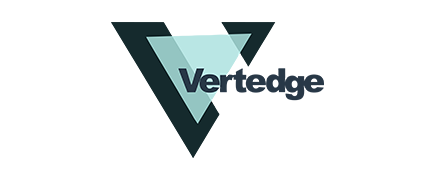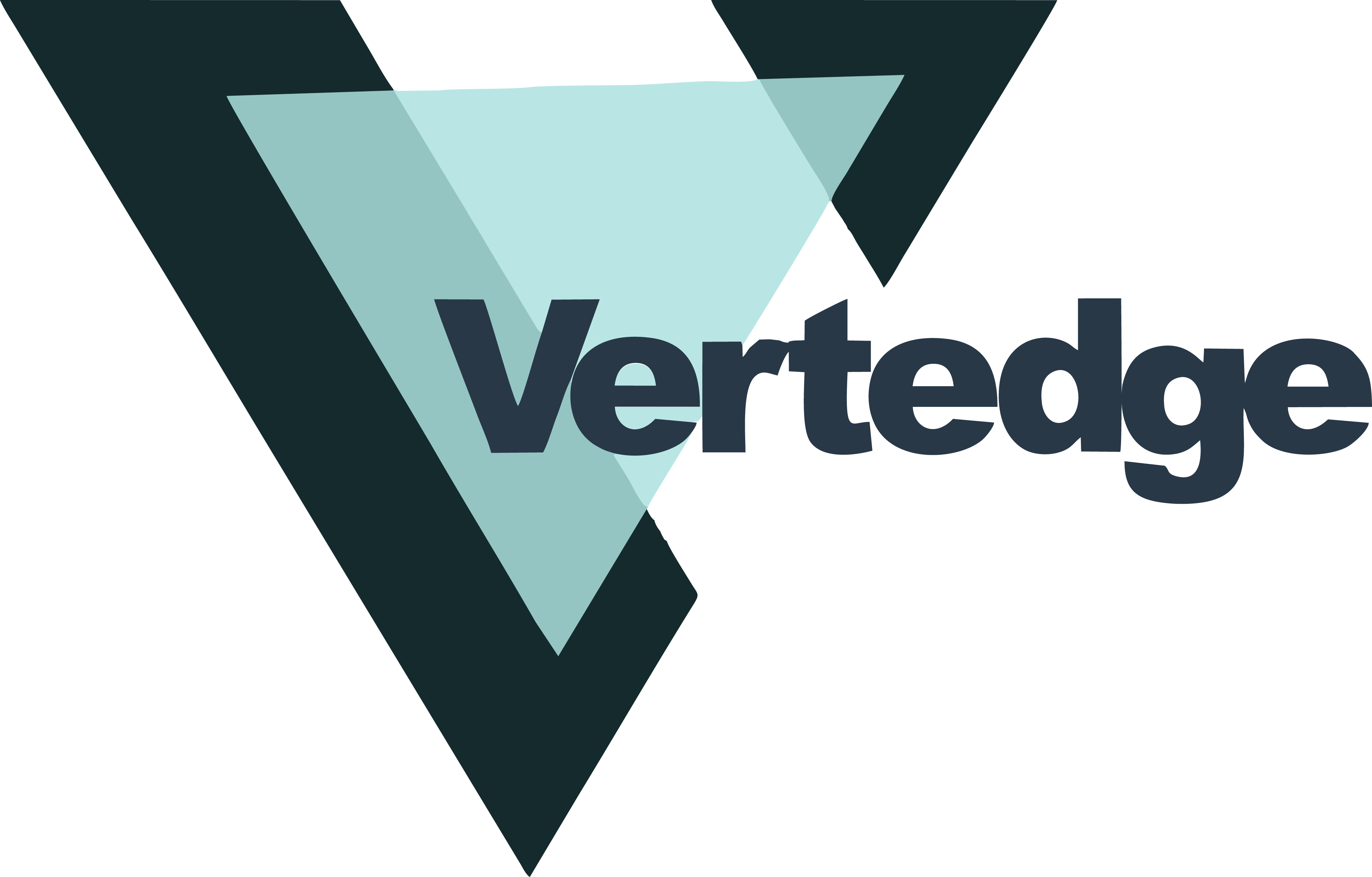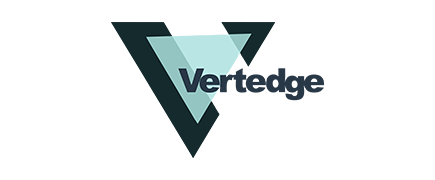Our prospects are out there looking for a solution to a problem you can address right now. According to a Salesforce study, 87% of consumers explore products on the internet before making a purchase. They do web searches, study relevant content, and compare various choices that might solve their problem areas. However, they are not seeking support from your sales staff.
Before engaging with a salesperson, the typical B2B buyer has completed the majority of the buying journey. What if your sales staff could get a head start on this? That is the purpose of buyer intent data, a cutting-edge sales intelligence technology that notifies you to subtle purchasing signals from prospects, allowing you to be the first in the door to make your pitch.
What is Intent Data?
Intent data is a form of sales intelligence that identifies which prospects or accounts are actively seeking information on third-party websites. When there is a surge in research on a certain issue, the account’s activity on that topic increases. When a buyer faces an issue, they do internet research to seek a solution. They often filter down their choices before you’ve even had the opportunity to engage with them. Consider what you would do if you knew your prospects were looking for a solution like yours soon after they began the process.
Provided with these behavioral cues, sales, and marketing professionals may prioritize accounts that are spiking on relevant topics over similarly qualified customers who do not exhibit intent. B2B intent data, when utilized effectively, increases conversions and revenue. Sales and marketing teams may use Vertedge Intent to locate accounts that are researching topics relevant to their company via online consumption of:
- Product reviews
- Infographics and blogs
- Product comparisons
- Message forums like Quora.com
- Case studies
- General news
Organizations that can gather and utilize online intent data may engage buyers far earlier in the process, influencing their decision-making before a rival even learns about the prospect’s interest. And most of the time, the first salesman in the door wins the business.
How is Buyer Intent Data Collected?
Consumption of content is a major indicator of consumer intent. The most convenient method to get this information is to purchase it from a third-party seller. These platforms gather and aggregate internet research activity from hundreds of B2B websites, media publications, and other sources as part of a data-sharing cooperative.
They construct baselines for each company’s typical content consumption over time by collecting activity each week — and check for spikes over regular levels of subject searches. In addition, they evaluate billions of web browsing events as prospects look for goods and solutions. Of course, acting on raw data is difficult. Data suppliers’ algorithms often consider numerous factors when generating a “spike,” including:
- Consumption of content
- Number of customers
- Consumed content types
- Time spent on page
- Scrolling rate
Company spike data enables providers to offer relevant information to customers at the exact right time in their research journey. It also assists down-funnel salespeople in focusing their time when such opportunities come, and they want to hear from them.
How Do You Use B2B Intent Data?
Sales and marketing organizations may depend on intent data to enable successful go-to-market strategies, precise segmentation, and tailored communication to the appropriate individuals. Companies that don’t employ predictive intelligence data are restricting their reaction to data from their website, while their prospective customer has likely been attempting to fix a pain issue for weeks.
There are five key use cases for sales and marketing teams employing intent data in 2022:
- Identify early buyer interest: Purchase intent signals assist detect which organizations are actively studying your solution – before they fill out a form on your site or connect with your sales or marketing staff.
- Build targeted account lists: Sales and marketing teams may constantly filter outreach lists for accounts that indicate active interest.
- Personalization: Marketing and sales teams may better customize the first approach with materials that match whatever accounts are currently searching for.
- Lead scoring and prioritizing accounts: Use predicted purchase data to weigh your lead score model. Give preference to organizations who exhibit interest and purchasing intent – before they commence the procurement process with a rival.
- Analyze and keep consumers: Get real-time insight into which consumers are investigating subjects and solutions. These data about current customers make it feasible to up-sell proactively and discover pain issues – before you’re shocked by clients who failed to renew or acquired an item they didn’t know you had from a rival.
At Vertedge, we save you time by identifying contacts to reach out to, based on your ideal customer profile. Our Intent data is delivered in real-time at the right place and right time.
Conclusion
Intent data, like all data, is not infallible. If you utilize intent data to concentrate just on customers who demonstrate intent, you’ll certainly ignore some buyers who are interested but who are not captured by the intent data provider’s model. Too much reliance on intent data might also drive marketers to emphasize fast successes at the price of creating a sustainable funnel. B2B intent data works best when linked with other data to construct a scoring model that also represents fit and engagement. Ultimately, when applied appropriately, intent may be a great indicator of which accounts are likely to purchase.




